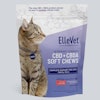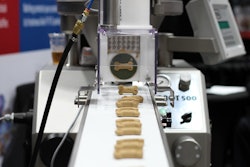
Inflation of dog, cat and other pet food prices has become one of the main headwinds for industry growth globally in 2022. Since May 2021, NielsenIQ analysts have observed a steady climb in pet food price inflation.
As premium dog, cat and other pet foods become more costly for consumers, their spending habits have changed. Yet, cash-strapped pet owners haven’t gone bargain shopping for value priced brands. In NielsenIQ’s “Q2 2022 Pet Trends Report,” analysts wrote that pet owners may find other ways to cope with higher prices on preferred brands.
Pet owner responses to dog, cat and other pet food inflation
“A NielsenIQ BASES study surveyed dog and cat owners in April 2022, finding that while price is always the top driver of pet food sales, two-thirds of these ‘pet parents’ surveyed said if their go-to pet food increases in price, they don’t expect to trade down. These consumer respondents also said that, despite increasing prices, they intend to prioritize purchases of treats, toys, vitamins, and supplements, which could be considered non-essential but still extremely important.”
Increasing pet food prices have changed one aspect of pet food buying behavior for some pet owners. Pet owners seem to be buying smaller packages of their preferred brands, saving money in the short term while missing out on bulk savings.
“NielsenIQ data for March 2021 to May 2022 showed that while the inflation rate continually climbed, pet care EQ units declined at a faster rate than total units, which can indicate that consumers are buying smaller pack sizes,” analysts wrote. “With inflation rising in June, that trend is expected to continue; it’s also notable that pet owners don’t plan on shifting their shopping behavior too much within the category despite the inflation rate.”


















